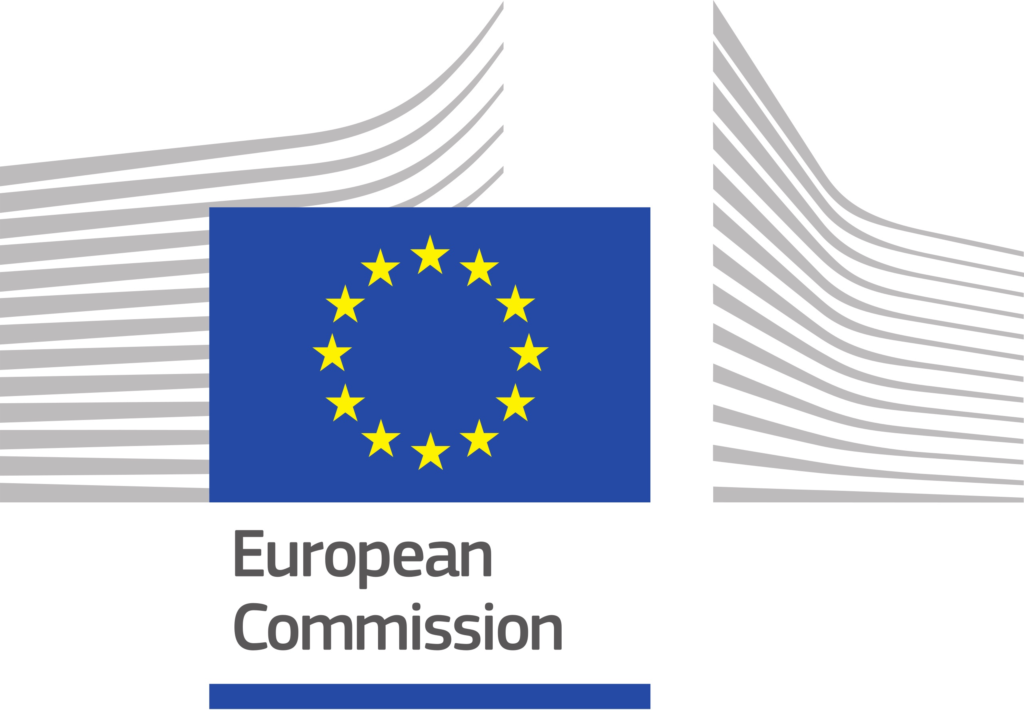The groundbreaking regulation proposed by the European Council establishes uniform requirements for bond issuers who want to use the designation ‘European green bond’ or ‘EuGB’ for environmentally sustainable bonds that are taxonomically aligned with the EU and made available to investors worldwide.
“The new standard which we are setting will be useful for both issuers and investors of green bonds. Issuers will be able to show that they are funding legitimate green projects that adhere to EU taxonomy. And investors purchasing the bonds will be able to more easily assess, compare, and trust that their investments are sustainable, reducing the risks posed by greenwashing,” said Sweden’s Finance Minister, Elisabeth Svantesson.
It also establishes a registration system and a supervisory framework for external European green bond reviewers. The regulation also includes some voluntary disclosure requirements for other environmentally sustainable bonds and sustainability-linked bonds issued in the EU to prevent greenwashing in the green bond market in general.
Environmentally sustainable bonds are a popular way to fund investments in green technologies, energy efficiency, and resource efficiency, as well as sustainable transportation infrastructure and research infrastructure.
According to the preliminary agreement, all proceeds from EuGBs must be invested in economic activities aligned with the EU taxonomy, assuming that the sectors concerned are already covered by it. There will be a 15% flexibility pocket for sectors not yet covered by the EU taxonomy and for certain very specific activities. This is to ensure that the European green bond standard is usable from the start. The use and necessity of this flexibility pocket will be re-evaluated as Europe’s transition to climate neutrality progresses, as well as the growing number of attractive and green investment opportunities that are expected to become available in the coming years.
In terms of supervision, the national competent authorities of the designated home member state (in accordance with the Prospectus Regulation) will ensure that issuers comply with their obligations under the new standard.
The agreement is provisional because it must be confirmed by the Council and adopted by both institutions before it becomes final. It will go into effect 12 months after it is enacted.
The EuGB proposal seeks to govern the use of the term “European green bond,” or EuGB, for bonds that pursue environmentally sustainable goals. Its goal is to create a system for registering and supervising entities that act as external reviewers for EuGB, as well as to regulate the supervision of EuGB issuers, according the to ecent press release the European Council.
Provisional agreement reached on European green bonds to curb greenwashing
